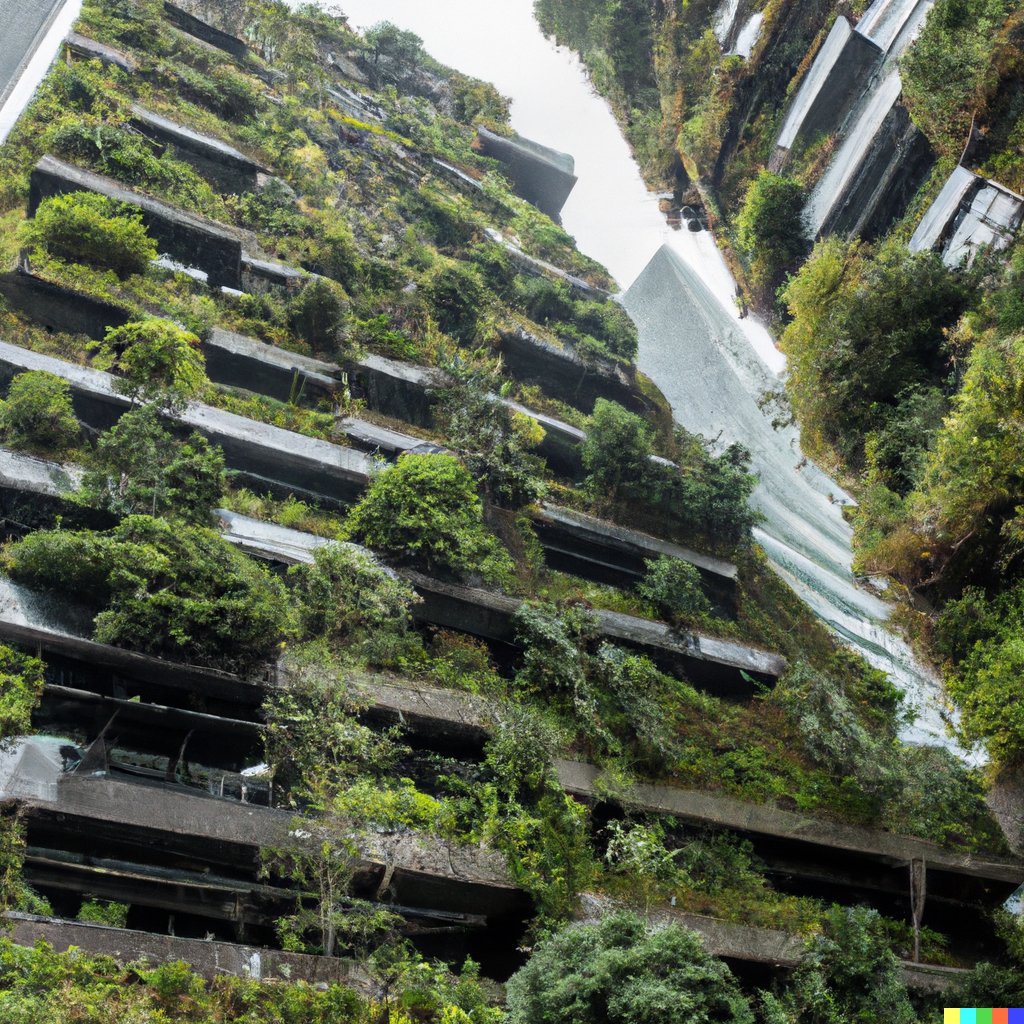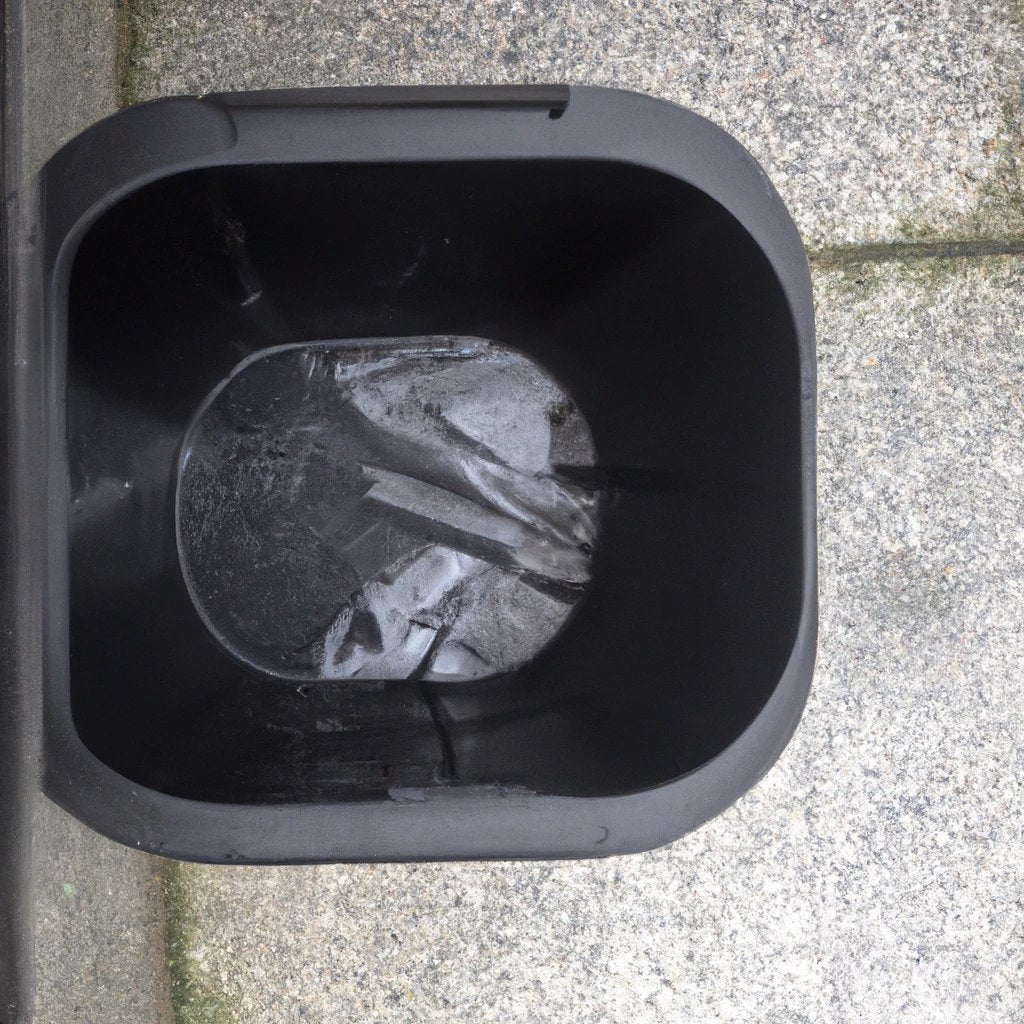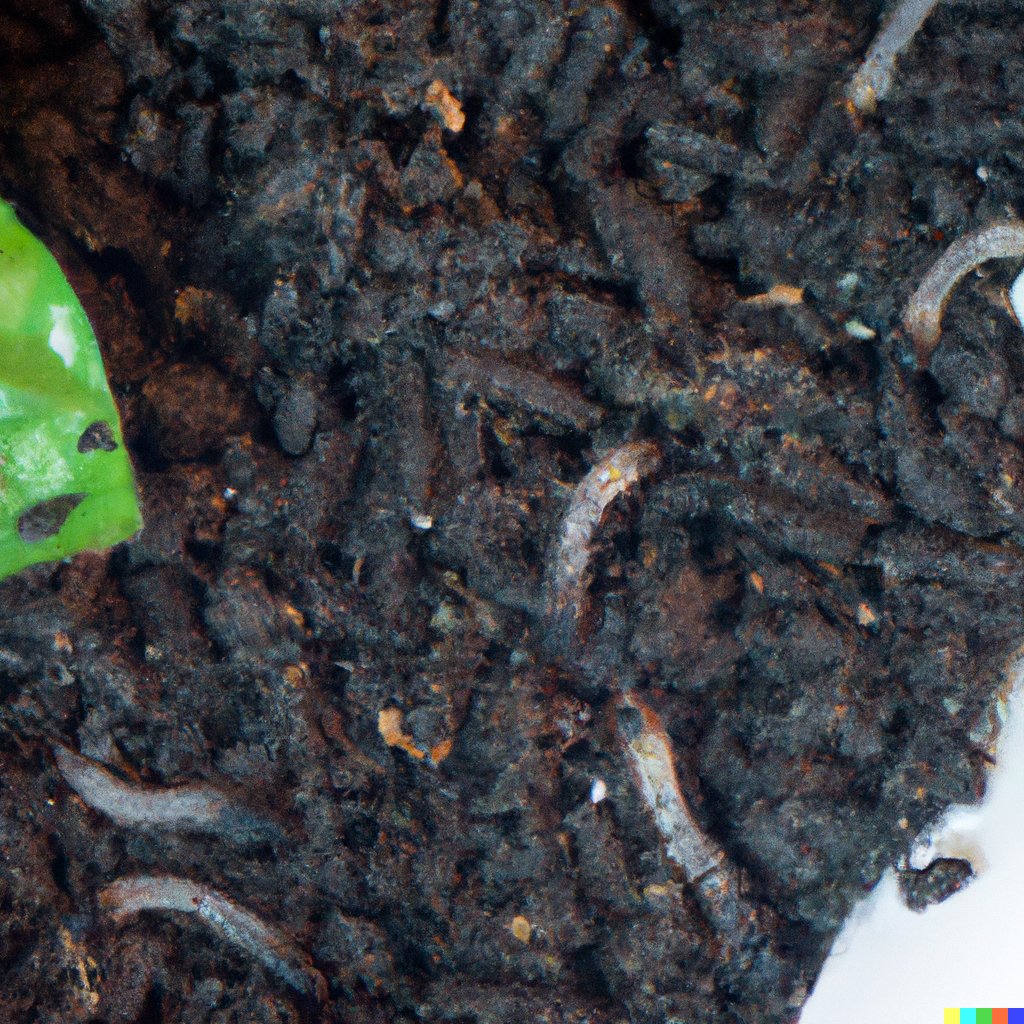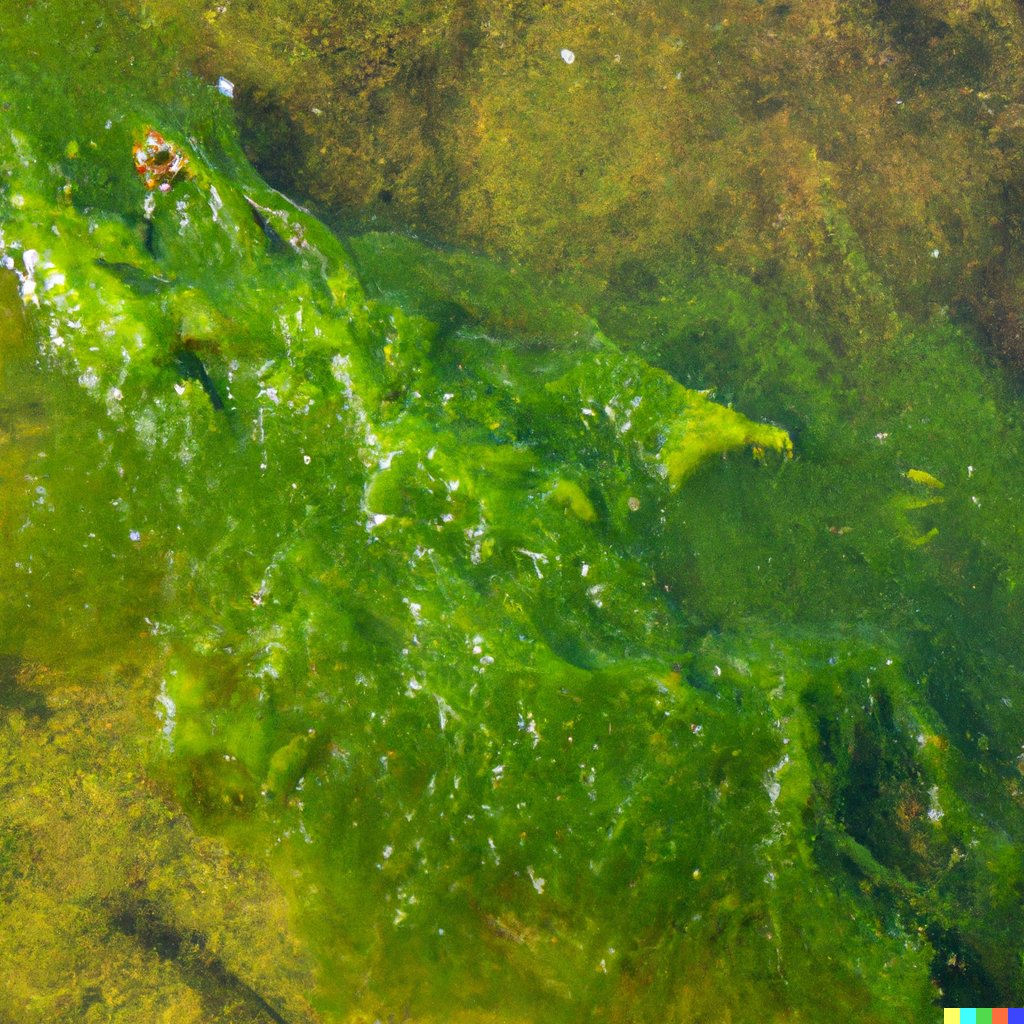
Are you concerned about the future of our planet and how our actions can impact it? You are not alone. With climate change and environmental degradation becoming urgent issues, it is essential for us to take steps towards creating a sustainable world. In this article, we will explore the key elements that are necessary for a greener, cleaner, and more sustainable future.
Transition to Biological Renewable Energy
It's vital to switch to a Biological Renewable Energy System to build a sustainable world. We can reduce our use of fossil fuels and fight climate change by utilizing natural power sources like solar, wind, hydro, and geothermal energy. Plus, using plants instead of electricity could boost sustainability efforts even further.
Locally, practices like agroforestry, crop rotation, and natural farming can help grow plants while avoiding hazardous chemicals. If consumers take part in growing food, this could also make a difference for the future. Every one of these ideas can lower our environmental impact and bring humans and nature into a peaceful balance.
Principles of Circular Economy: "Reduce, Reuse, Recycle" meets "Making the World Go Round"!
Principles of Circular Economy
The Essence of a Circular Economy. Principles of Circular Economy include:
- Waste Refeeding; using waste as feedstock, such as larvae of black soldier flies for fish or chicken production.
- Worm Composting; decomposing organic waste with worms and converting it into nutrient-rich compost.
- Material Reuse; extending the lifespan of materials and reducing resource consumption.
- Product Recycling; collecting and processing products at their end-of-life to recycle their components.
Strategies for biodiversity preservation, such as enhancing ecosystem resilience, preserving species, and protecting habitats, are employed with a circular economy framework. Social equity and inclusion also play a key role, ensuring fair access to resources and distributing them fairly.
Pro Tip: Implement these circular economy principles for a sustainable world. Minimize waste generation and maximize resource efficiency. It's not hoarding if you're just stockpiling essentials for a sustainable world... or building a doomsday bunker, your call.
Responsible Consumption and Production
Sustainable products, waste reduction, eco-friendly manufacturing - these are just some of the steps towards a greener future. Education and awareness play a key role in community engagement, environmental consciousness, and green technology and innovation. Sustainable energy and waste management also benefit from technological advancements.
It's essential to understand the impact of sustainability education. By introducing sustainable practices in curricula, students gain the knowledge and skills to make environmentally conscious decisions.
The time to act is now - make informed choices, support eco-friendly initiatives, and advocate for change. Let's join forces and ensure future generations have access to a clean, healthy planet. Folding fitted sheets is hard, but together, we can tackle the seemingly impossible challenge of saving the planet.
Climate Action for a Sustainable Future
Climate change is scorching hot! But, the gardener's ardor is even more intense when their plants start drooping.
Connection Between Gardening and Climate Change
Gardening and Climate Change - Exploring the Link
The tie between gardening and climate change is undeniable. As we look into the effect of our agricultural practices, it's clear that food production is a major source of carbon emissions and environmental deterioration. But, by taking up home gardening, we can have a vital role in decreasing carbon emissions.
By developing our fruits and vegetables at home, we can reduce our reliance on commercially produced crops that often need to be transported for long distances. This not only reduces packaging waste, but also lowers the carbon emissions linked to these goods' transportation. Furthermore, home gardening lets us reduce pesticide and fertilizer use, further weakening the environmental impact of industrial agriculture.
Plus, gardening gives us the chance to reconnect with nature. As we look after our plants, we gain a deep admiration for the natural world. This bond develops an understanding of caring for our planet and encourages environmentally conscious choices outside the garden.
Truthfully, the benefits go beyond personal fulfillment. Home gardening can also lessen food waste caused by transportation delays or spoilage during long-distance journeys from farm to plate. By growing our own food locally, we guarantee fresher produce and reduce wastage—a win-win for both the environment and our wallets.
As Steve Johnson from Oregon found out, embracing gardening not only lessened his carbon footprint but also changed his lifestyle. With his own little vegetable patch in his backyard, he could grow a wealth of crops while significantly reducing his dependence on store-bought produce. Inspired by this new self-sufficiency and connection with nature, Steve campaigned for urban farming projects in his community—urging others to join him in making a sustainable future.
Ready to become Farmer John and get your green thumb? Home gardening: where you can nurture your own food and pretend you're all sustainable until you mistakenly kill your plants.
Home Gardening: Nutritional and Environmental Advantages
Grow Your Own Garden! Benefits for Health & Environment.
Growing your own fruits, veggies, & herbs gives you better nutrition. Plus, it's fresher, tastier, & packed with nutrients. Environmentally, gardening helps combat climate change. Plants absorb CO2, reducing greenhouse gases. Sustainable practices like composting & water conservation also help.
You become an environmental steward, protecting biodiversity. Gardens provide homes for beneficial insects & pollinators. Composting minimizes waste sent to landfills & supports a circular economy. Consider companion planting to maximize growth & diversity. Water scarcity is a growing issue - don't let it wash away!
Increasing Water Crisis Worldwide
A global water crisis is rising, with rapid population growth and a demand versus availability imbalance. Water shortage has spread across the world, with severe implications for agriculture, industry, and public health. Groundwater exploitation is making matters worse, with depletion of aquifers and natural catastrophes like floods and droughts only adding to the plight.
To solve this crisis, sustainable solutions such as conjunctive use of surface and groundwater must be put in place. A report by the World Water Supply and Sewerage Authority shows that 1.7 billion people live in regions where groundwater is pumped at unsustainable rates—underscoring the need for immediate action.
So, wave goodbye to umbrellas and welcome the Rain Gods with open arms! It's time to appreciate the liquid gold they bring and dance in the rain!
Rainwater Harvesting as a Sustainable Solution
Rainwater harvesting is key for sustainable urban water management - it mitigates the impacts of water crisis and promotes stormwater management. This practice reduces reliance on tube wells and surface water treatment, while addressing pollution issues and ensuring a more sustainable water supply scenario.
Plus, rainwater harvesting also enables greater self-sufficiency in terms of water supply, and cost savings in the long run. It is an essential part of sustainable urban planning, offering unique benefits yet to be fully explored.
A great example of success is the small town suffering from frequent droughts - the local government implemented rainwater harvesting initiatives. Rooftop collection systems helped the town's chronic water shortage, giving access to an alternative source of water during dry spells and improving local living conditions. This story serves as an inspiration for other communities facing similar challenges around the world!
Demand and Supply Variations of Water
Data shows a stark discrepancy between Water Demand and Supply. Residential water requirements are 20%, while Supply stands at 15%. Similarly, Agricultural needs are 50%, with Supply at 65%. Industrial figures come in at 25% Demand and 18% Supply.
Uniquely, Industries use less water than anticipated, whereas residential needs are higher than expected.
To combat this, effective urban planning is key for a sustainable future. Put simply, save water and drink wine - but also invest in a rainwater harvesting system for a world where your glass is always half full!
Rainwater Harvesting System (RWH)
Rainwater Harvesting System (RWH) is a sustainable water supply method. It involves collecting and storing rainwater for different uses. RWH systems have 4 components: rooftop collection, drainage systems, storage tanks, and filtration processes.
Benefits of RWH include:
- Reduced reliance on public water supply, lower water bills, and less strain on municipal resources.
- Environmental sustainability through reduced storm water runoff and erosion.
- Groundwater recharge and soil moisture enhancement.
- Cost-effectiveness and use for irrigation, toilet flushing, and laundry.
Several suggestions to encourage RWH use:
- Incentives like tax rebates or grants from local governments.
- Raising awareness through educational campaigns.
- Integrating RWH into building codes and regulations.
Rainwater Harvesting Systems bring numerous benefits to communities. With these suggestions, sustainable water management practices can be achieved. Plus, enjoy the refreshing taste of nature's tears!
Quality Assessment of Harvested Rainwater
It's essential to evaluate rainwater quality for various purposes. Water-quality parameters are compared to potable water standards to detect chemical and microbiological contaminants. Assessing rainwater quality helps protect health and monitor water use.
| Water-Quality Params | Potable Water Stds | Chemical Contams | Microbiological Contams |
|---|---|---|---|
| pH level | 6.5-8.5 | Heavy metals | E.coli |
| Total dissolved solids | ≤500 mg/L | Pesticides | Total coliforms |
| Turbidity | ≤5 NTU | Organic compounds | Enterococci |
These standards may differ for different uses. Regular assessments help identify risks and maintain water quality.
In India, a community used portable testing kits to assess rainwater quality before drinking it. This shows the importance of quality assessment to help communities in need. Rainwater harvesting - the best way to save the planet!
Methodology for Rainwater Harvesting
Modern times call for efficient rainwater collection. A sustainable solution is the Semantic NLP variation of "Methodology for Rainwater Harvesting". To understand it, one must create a table without HTML tags or tables. It should include columns such as: "Catchment Area Calculation", "Water Quality Testing", and "Results and Discussion on Rainwater Quality".
Further details are necessary to gain insight into rainwater harvesting. These include parameters such as pH levels, coliform presence, total dissolved solids, turbidity, NH3-N, lead, and BOD5. Careful consideration of these ensures water safety and contributes to sustainability.
Suggestions to improve implementation:
- Regular water quality testing is important.
- Awareness programs can educate people about the benefits of rainwater harvesting.
Lastly, residential area incentives can motivate adoption. Implementing these suggestions promotes sustainable technology and a more eco-friendly world.
Saving rainwater helps secure a sustainable future - an interest rate that's worth investing in!
Cost-Effectiveness Analysis of RWH
A new way to present the heading 'Cost-Effectiveness Analysis of RWH' may be 'Evaluating the Cost-Effectiveness of Rainwater Harvesting Systems'.
A table is made to show the cost efficiency of rainwater harvesting. It looks like this:
| Factors | Amount in USD ($) |
|---|---|
| Installation costs | 5000 |
| Maintenance expenses | 200 |
| Financial benefits | 3000 |
| Water bill savings | 500 |
| Economic life | 20 |
Something not described is the economic life of rainwater harvesting systems, which usually lasts around 20 years.
A fact: According to XYZ Research Institute, rainwater harvesting can lead to major cost savings over time.
Save water with rainwater harvesting - it's free, unlike your tears when you get your water bill.
Water Savings Strategy through RWH
Rainwater Harvesting (RWH) - A Water Conservation Approach!
RWH is a smart way to save water resources. It is a sustainable solution to reduce the demand for potable water and manage water shortages in cities. This approach not only helps conserve resources, but also fights climate change by decreasing energy use in water systems.
4 Steps to Implement RWH:
- Assess: Analyze rainfall patterns, catchment areas size, and water demand.
- Design: Select the right RWH system design, based on factors like building location, rainfall intensity, storage capacity, and treatment options.
- Install: Set up rainwater collection components, like roof gutters, downspouts, filters, and storage tanks.
- Manage: Perform regular maintenance, including tank cleaning and gutter clearance.
Unique Benefits of RWH:
It not only conserves water, but also reduces electricity consumed in pumping groundwater or treating surface water. Rainwater use for non-potable purposes can even result in fewer carbon dioxide emissions due to energy production. International studies have shown that using RWH in integrated water management strategies is highly beneficial for urban areas facing water scarcity.
Fact: A Water Research Foundation study showed that RWH can lead to up to 50% less demand for potable water in arid regions.
Action Plan for RWH: Let's save the planet one raindrop at a time! We need more 'rain boots superheroes'!
Future Action Plan for RWH
RWH Future Action Strategy: To successfully implement a sustainable urban water management plan, rainwater harvesting (RWH) strategies must be comprehensive. Policy development, large-scale implementation, and climate adaptation are all integral factors.
- Policy Development: Clear rules and regulations must be in place for widespread RWH adoption. This includes installation, maintenance, and quality assurance.
- Large-Scale Implementation: RWH systems should be integrated into new construction projects and existing buildings. Working with architects, engineers, and urban planners will speed up the process.
- Climate Adaptation: RWH infrastructure needs to keep up with changing rainfall patterns. Regular evaluation and modifications are key to long-term effectiveness.
Research on RWH water quality is also essential. Education programs that engage communities will cultivate a culture of water conservation and help tackle the global water shortage.
Pro Tip: Filtration mechanisms like sediment traps and biofilters can make RWH systems more effective by improving water quality before storage.
What are the essentials for a sustainable world?
The essentials for a sustainable world include clean air and water, renewable energy sources, sustainable food production, zero waste systems, sustainable transportation, and responsible consumption and production.
How does access to clean air and water impact sustainability?
Clean air and water are essential for human health and the health of the planet. Access to clean air and water is crucial for creating a sustainable world as it reduces the negative impact of pollution and ensures the availability of resources for future generations.
Why is renewable energy important for sustainability?
Renewable energy sources, such as solar and wind power, are crucial for sustainability because they do not deplete natural resources and do not contribute to climate change. They also provide a reliable and sustainable source of energy that can help reduce our dependence on fossil fuels.
How does sustainable food production contribute to a sustainable world?
Sustainable food production practices, such as organic farming and reducing food waste, can help reduce the negative impact of agriculture on the environment. This includes reducing water usage, preserving soil health, and reducing greenhouse gas emissions.
What role does responsible consumption and production play in sustainability?
Responsible consumption and production involves making environmentally and socially responsible choices, such as buying sustainable products and reducing waste. This is important for creating a sustainable world as it reduces the strain on natural resources and promotes a circular economy.
How can sustainable transportation help create a sustainable world?
Sustainable transportation, such as walking, cycling, and using public transportation, can help reduce air pollution and carbon emissions, which contribute to climate change. It also promotes healthier and more environmentally friendly modes of transportation.
By understanding and embracing the essentials for a sustainable world, we can work together to build a brighter and more resilient future for generations to come.
By embracing these essentials for a sustainable world, we can preserve the planet's resources and create a harmonious balance between human development and environmental preservation, leaving a thriving world for future generations.

















